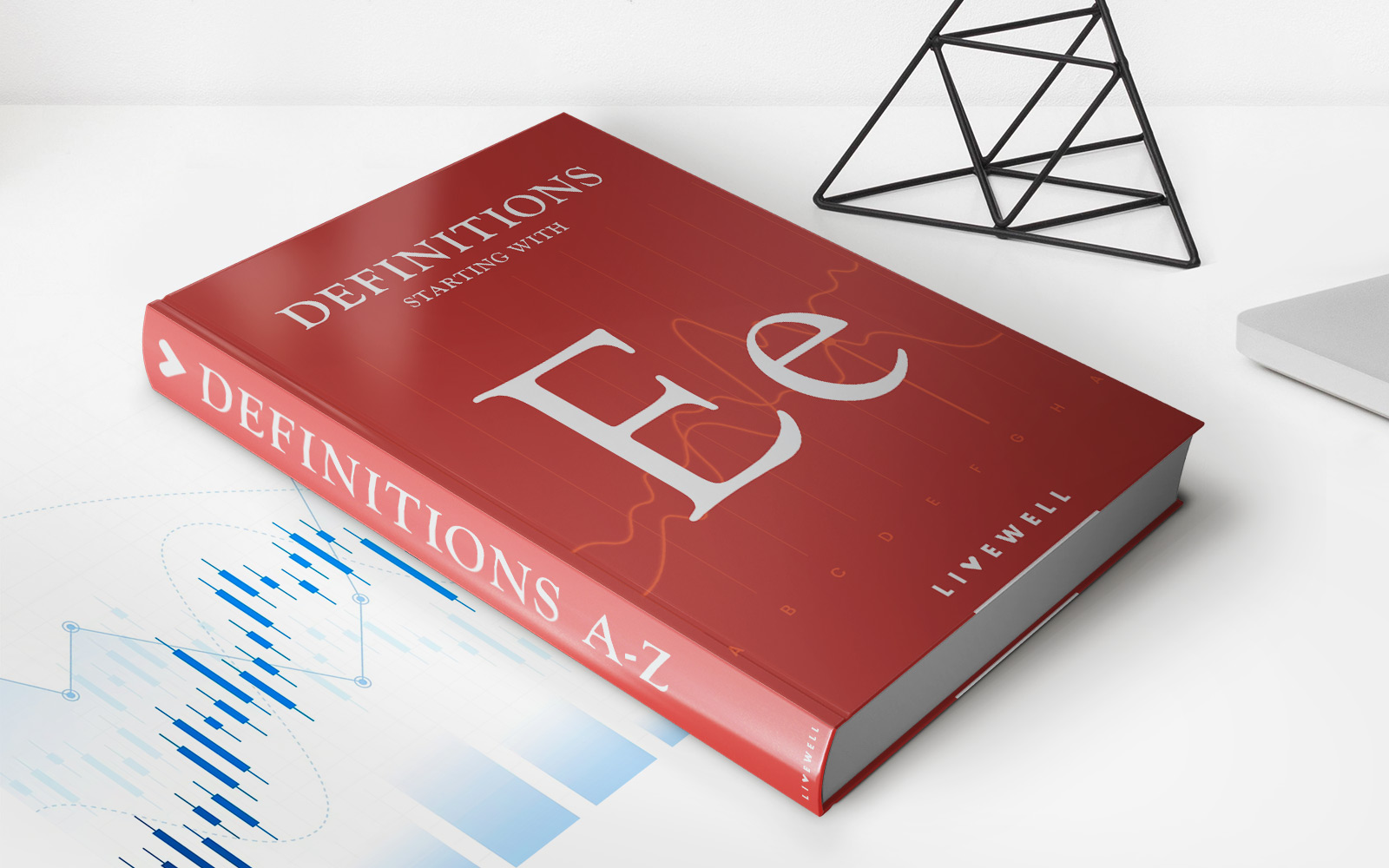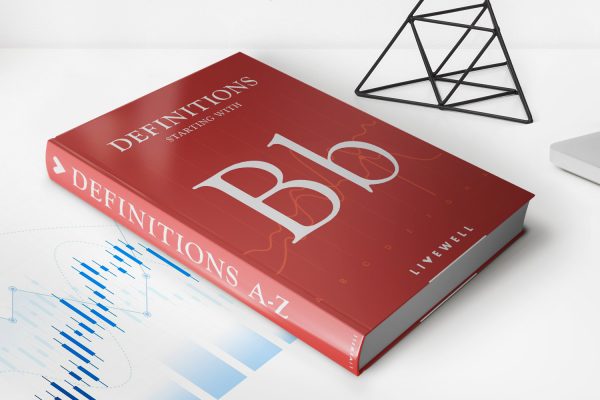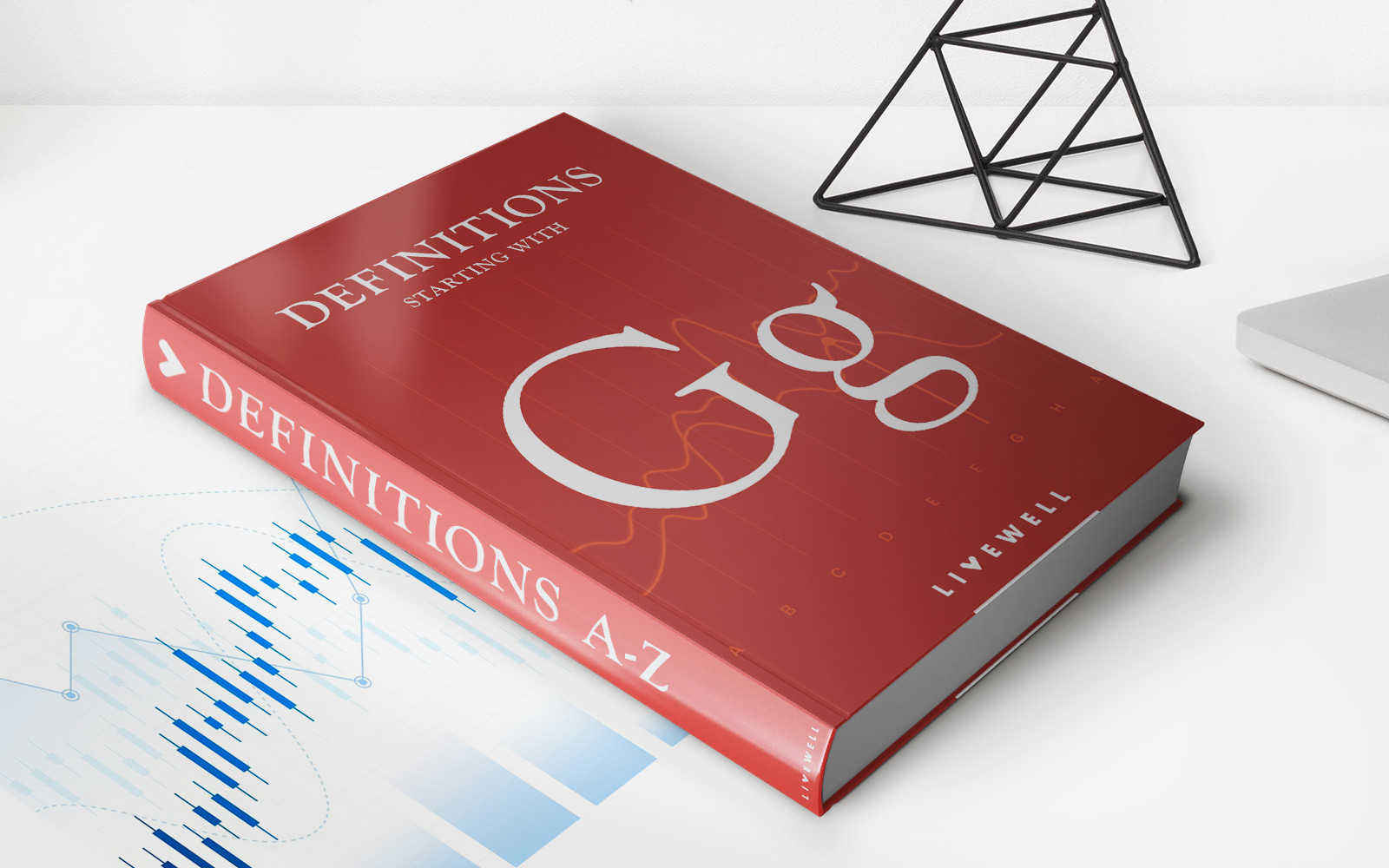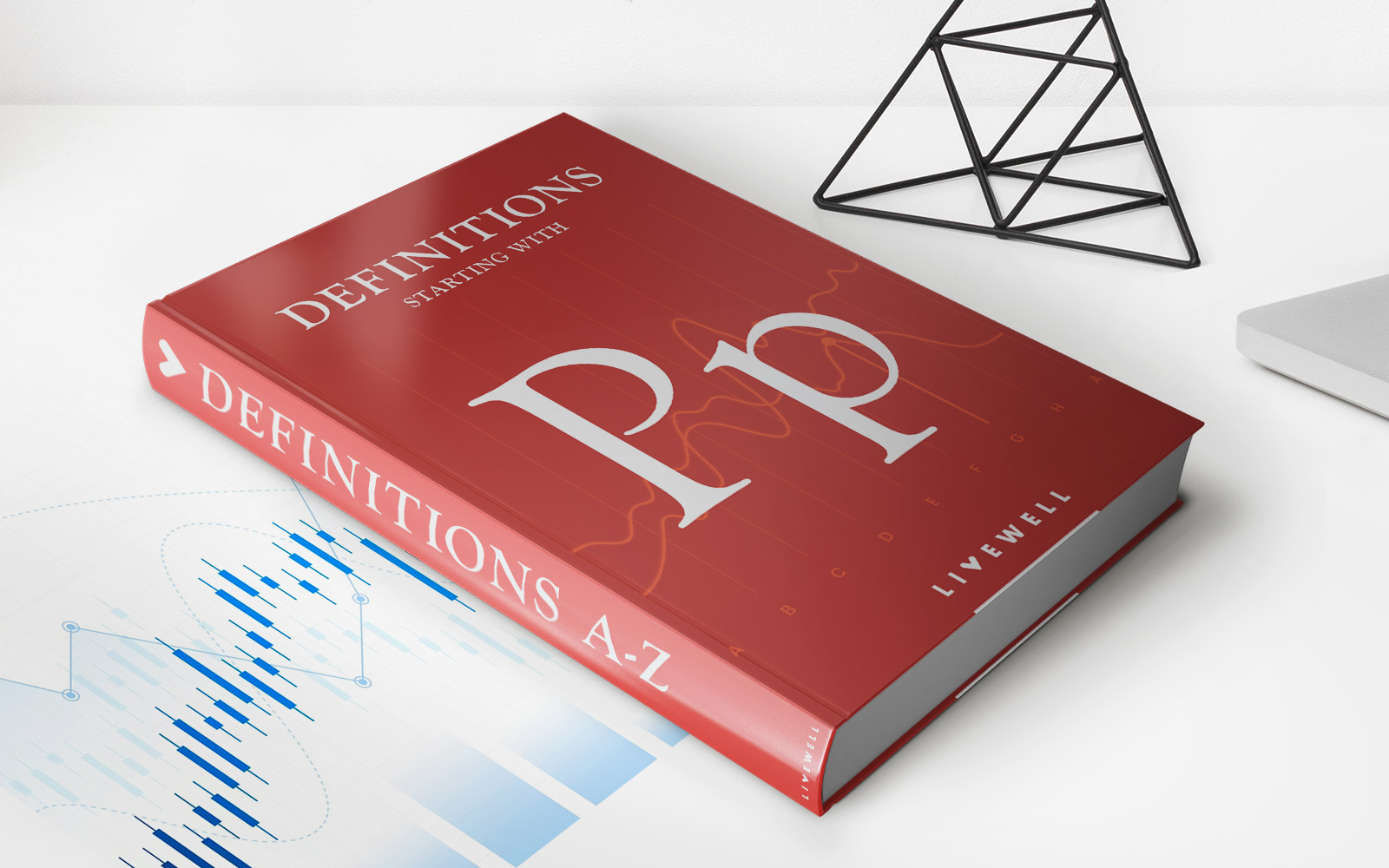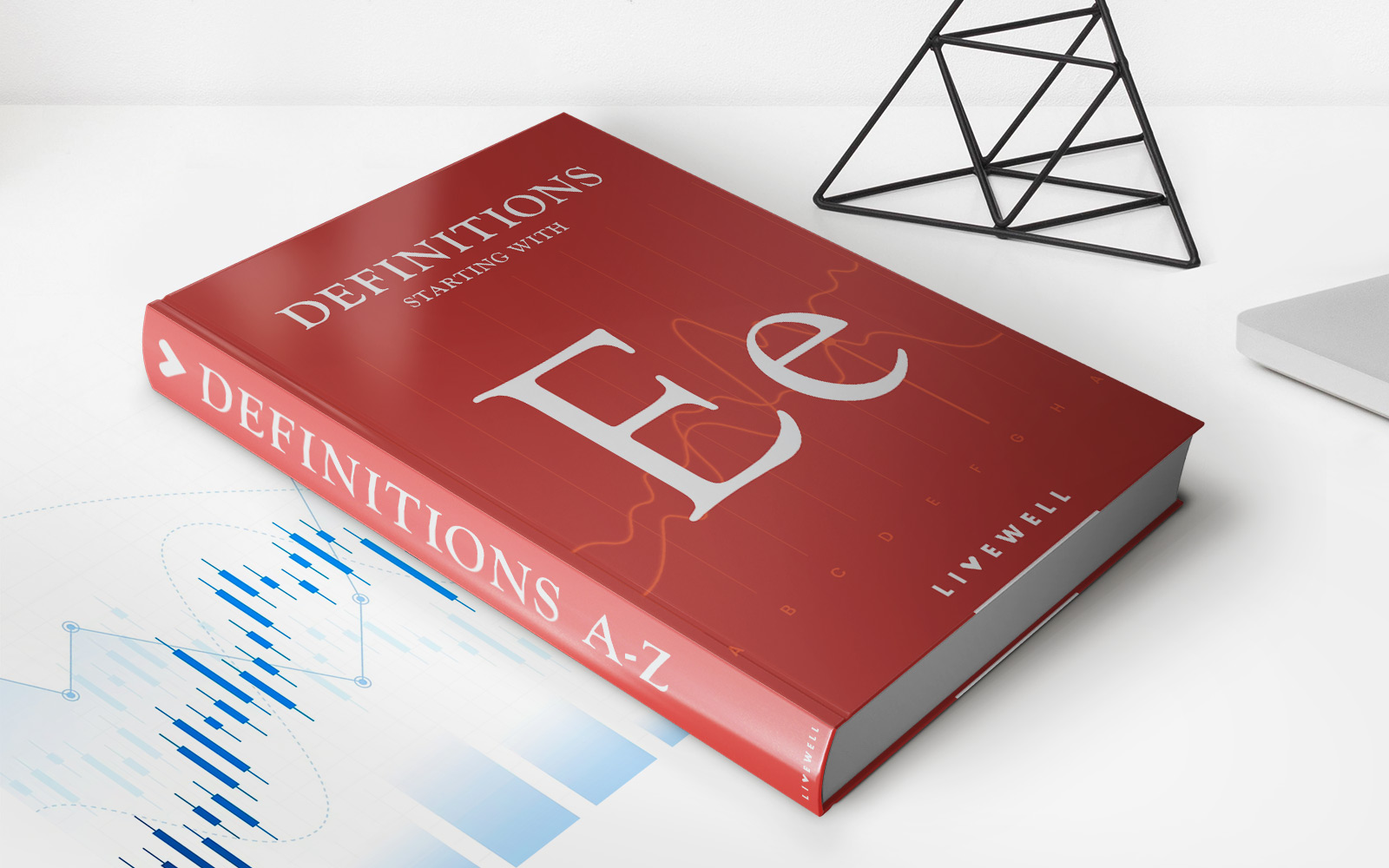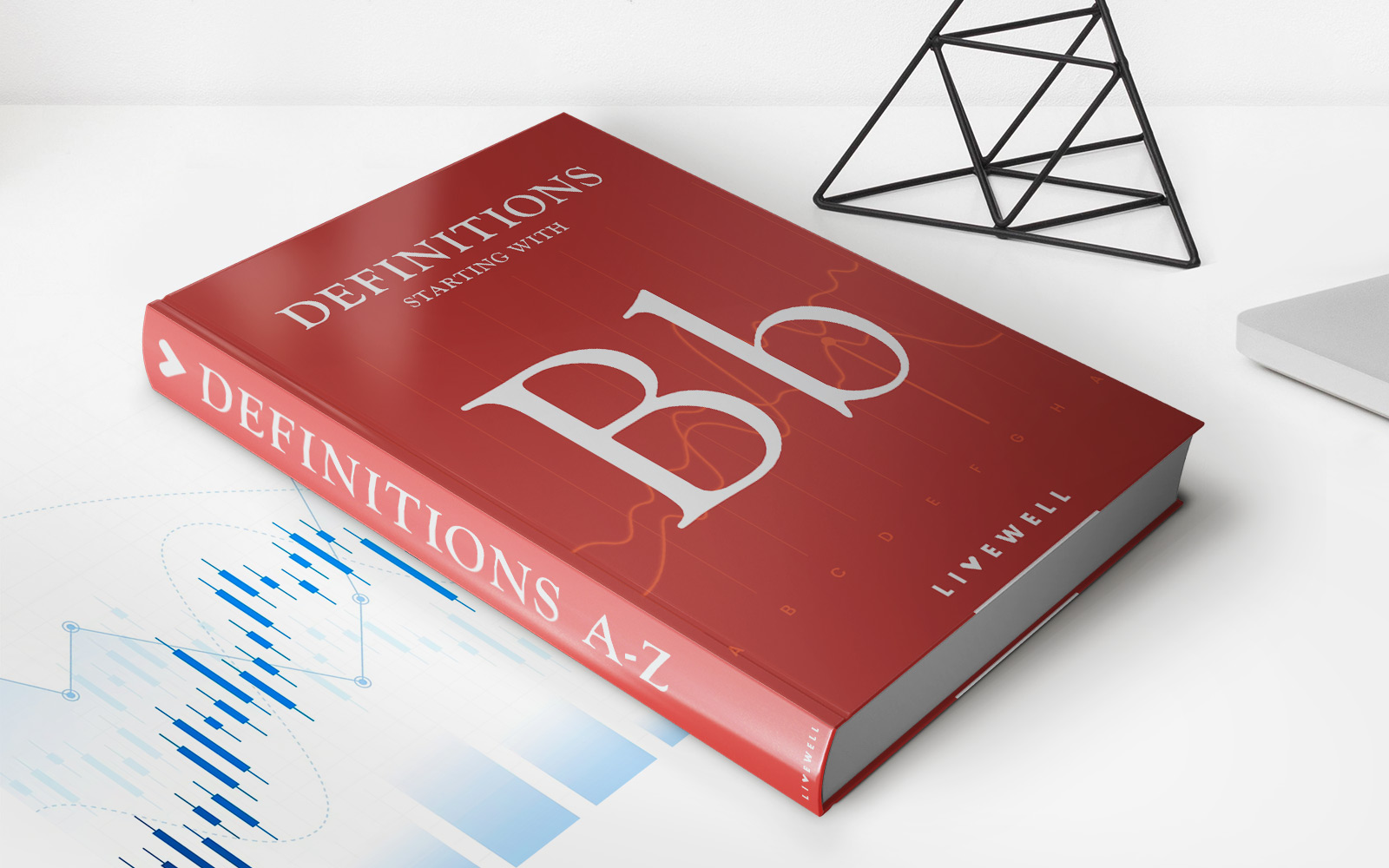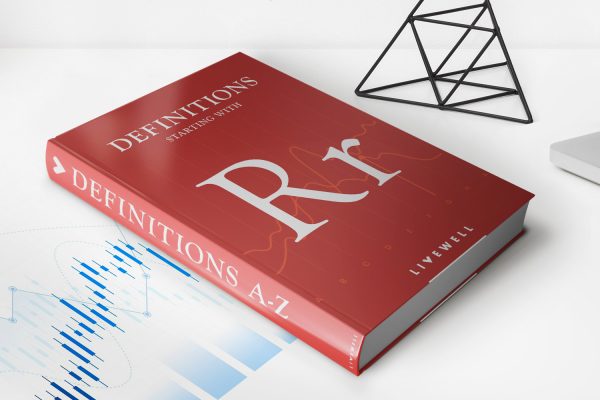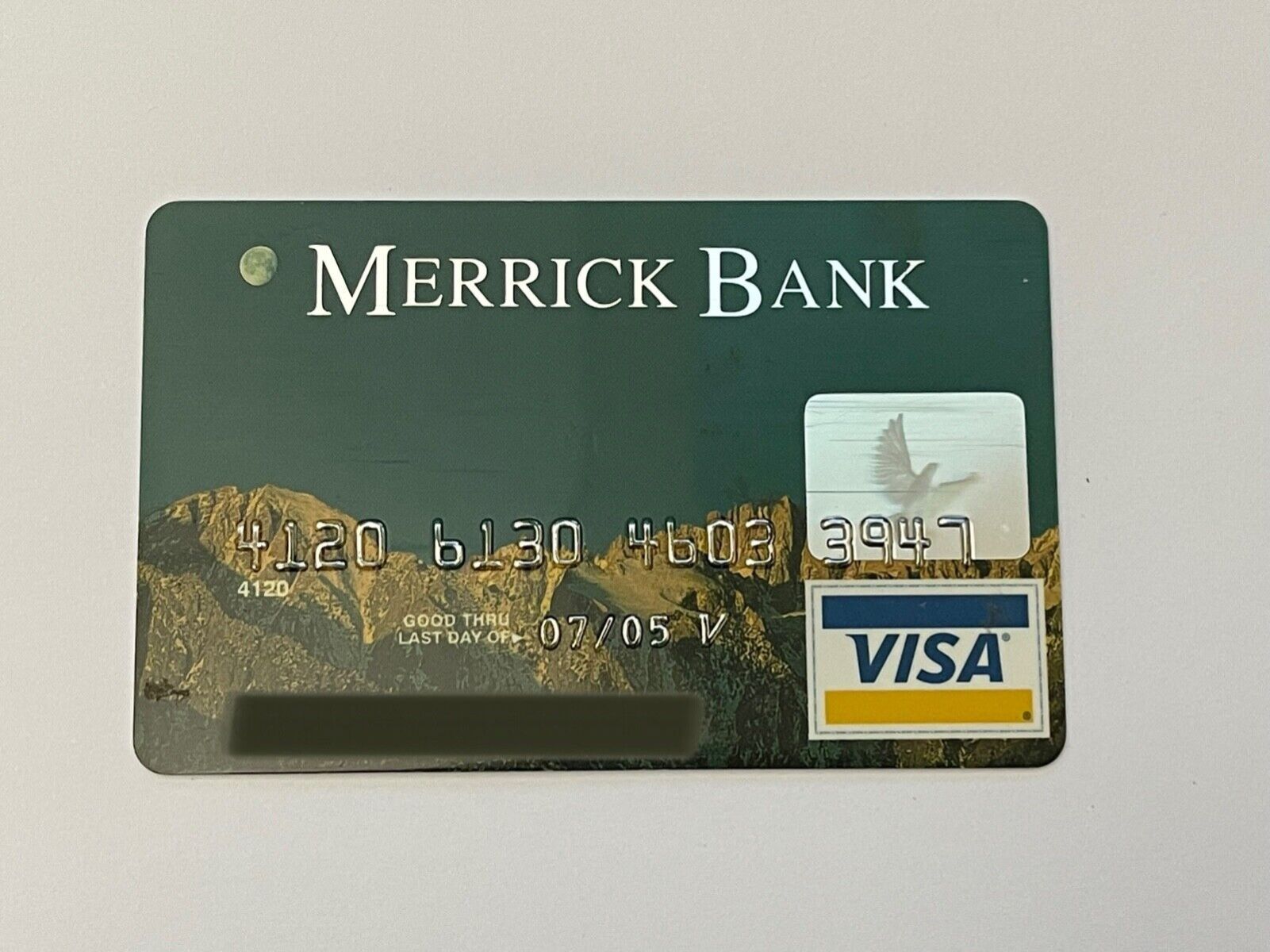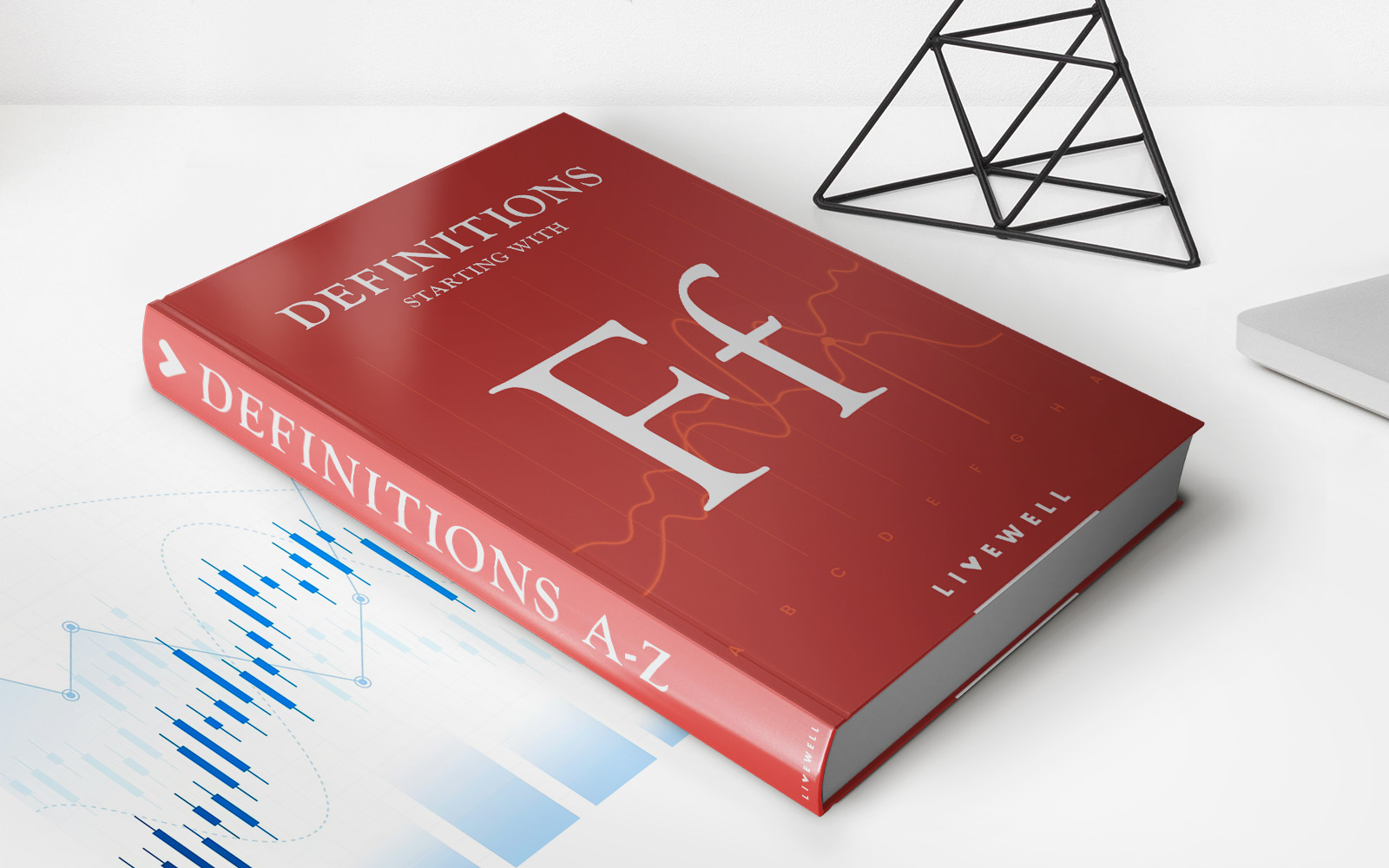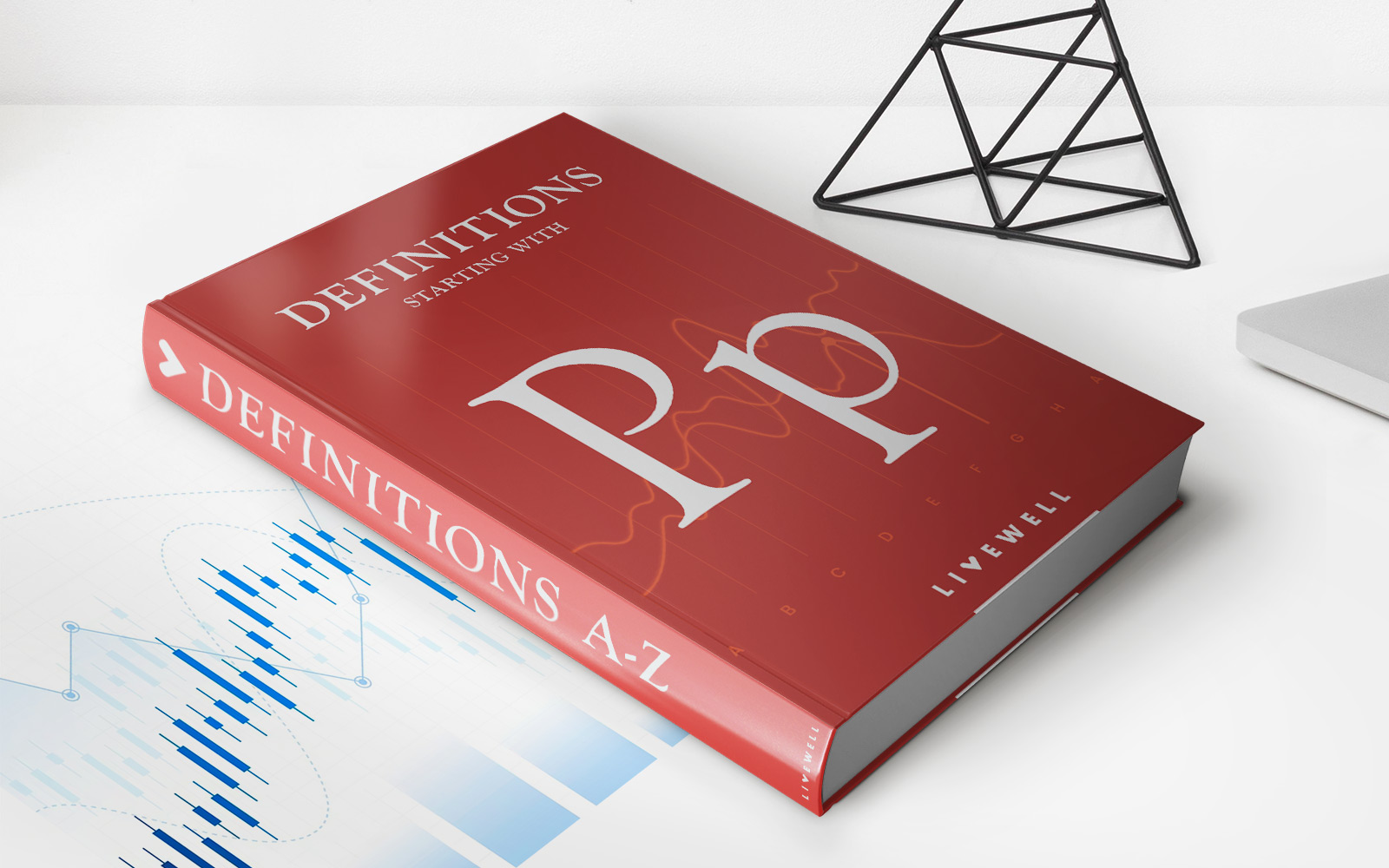

Finance
Petrodollars: Definition, History, Uses
Published: January 7, 2024
Discover the power of petrodollars in the world of finance. Learn the definition, history, and various uses of petrodollars, revolutionizing global economies.
(Many of the links in this article redirect to a specific reviewed product. Your purchase of these products through affiliate links helps to generate commission for LiveWell, at no extra cost. Learn more)
Petrodollars: Definition, History, Uses
Welcome to our Finance category where we dive into the fascinating world of money and investments. In this post, we’re going to explore the concept of petrodollars – a term that often appears in financial discussions but may remain ambiguous to many individuals. We’ll uncover its definition, delve into its history, and examine its various uses. By the end, you’ll have a clear understanding of this important economic phenomenon.
Key Takeaways
- Petrodollars are US dollars earned by oil-exporting countries through the sale of petroleum.
- These funds play a significant role in global financial markets, impacting the value of currencies and influencing investments.
What are Petrodollars?
Petrodollars are essentially US dollars earned by oil-exporting countries through the sale of petroleum products. Originating from the 1970s following the oil crisis, the term highlights the significance of the petrochemical industry in global economics.
Oil-exporting nations, such as Saudi Arabia, Russia, and Iraq, receive payments in US dollars for their oil exports. These dollars, known as petrodollars, are then reinvested or used to finance various domestic and international projects.
The History of Petrodollars
The era of petrodollars began in the early 1970s when the Organization of Petroleum Exporting Countries (OPEC) implemented an oil embargo against countries supporting Israel in the Yom Kippur War. OPEC members, especially those in the Middle East, capitalized on the skyrocketing oil prices and accumulated substantial amounts of US dollars from their exports.
Shortly after, OPEC decided to raise the prices of oil, further boosting their dollar revenue. As a result, the global economy experienced an influx of petrodollars, leading to significant changes in the financial landscape.
Uses of Petrodollars
Petrodollars serve various purposes, impacting both the countries earning them and the global financial system. Here are some key uses:
- Domestic Development: Oil-exporting countries utilize petrodollars to fund infrastructure projects, such as building roads, bridges, schools, and hospitals. The influx of dollars can contribute to rapid economic growth and modernization.
- Sovereign Wealth Funds (SWFs): Some petrodollar-dependent nations establish sovereign wealth funds, investing their excess dollar earnings into diverse assets globally. These SWFs serve as a means to accumulate wealth, stabilize national economies, and diversify financial risks.
- Currency Reserves: Petrodollars are often used to bolster foreign currency reserves held by oil-exporting nations. These reserves act as a safeguard against economic crises, ensuring stability and enabling governments to mitigate the risks of currency devaluation.
- Investments and Loans: Petrodollars are frequently deployed as investments and loans to other countries. These financial transactions allow oil-exporting nations to increase their influence globally, create diplomatic ties, and generate additional revenue through interests and dividends.
In Conclusion
Petrodollars represent the US dollars earned by oil-exporting countries through the sale of petroleum. These funds have played a crucial role in global financial markets since the 1970s, influencing investments, currencies, and even diplomatic relationships. Understanding the concept of petrodollars provides valuable insights into the intricate workings of the global economy and its interdependencies.
Thank you for joining us on this exploration of petrodollars. We hope you’ve gained a deeper understanding of their definition, history, and uses. Stay tuned for more informative posts in our Finance category!
